Psychedelia and the Psychedelic movement
1960-1975
Psychedelic:
- From the latin word “psyche”, meaning mind, and the greek word “delos”, which means to manifest, or awaken: “to awaken the mind”.
- Pertaining to or characterized by hallucinations, distortions of perception and awareness.
- A drug that produces such effects.
- An art style influenced by the prevalence of hallucinatory drugs, especially LSD, with typical designs featuring abstract swirls of intense color with curvilinear calligraphy reminiscent of Art Nouveau.
The psychedelic movement began in the mid 1960’s and had an effect, not just on music, but also on many aspects of popular culture. This included style of dress, language and the way people spoke, art, literature and philosophy.
The name “psychedelic” refers to drugs that were popular with the youth culture of the time. Posters for rock concerts tried to visually express the feeling of tripping out.

The visual motifs of psychedelic art include Art Nouveau-inspired curvilinear shapes, illegible hand-drawn type, and intense optical color vibration inspired by the pop art movement.
Background
The end of WWII in 1945 brought about a post-war economic boom in the U.S. It also brought about an enormous spike in the birth rate, known as “the baby boom.” Between 1945 and 1957 nearly 76 million babies were born in America. By the middle 1960s, most of these kids were young adults.
As young people do, these “baby boomers” questioned America’s materialism and conservative cultural and political norms. During the 1960s a youth movement emerged, seeking to create an egalitarian society free from discrimination. The feminist movement and the Black movement are a direct result of this evolution.
Americans in the 1960s and 70s addressed many controversial issues — from civil rights, the Vietnam War, nuclear proliferation, and the environment to drug use, sexual freedom, and nonconformity. Many youth sought spiritual experiences through Eastern Mysticism and psychedelic drugs.
Music festivals and concerts were a prominent feature of the 60s landscape, and musicians such as Jimi Hendrix, The Grateful Dead, The Who, Janice Joplin were the super-stars of the day. It’s hard to say whether psychedelic music influenced the counterculture or vise versa. But a unique artform found expression in band posters and album covers.
The Summer of Love
1967 was the peak year for psychedelic rock. It gave us Sgt. Pepper’s, debut albums by Jimi Hendrix, The Doors, the Grateful Dead, and the Monterey Pop Festival. It was also The Summer of Love, the counter-cultural phenomenon where nearly 100,000 young people arrived in San Francisco’s Haight Ashbury district to celebrate music, art, and life. It was the year where just about everyone tried to make a psychedelic rock record, from obscure underground bands to bubblegum pop groups. Even Sonny Bono! View the album artwork and listen to the music on Brooklyn Vegan’s 50 best psychedelic rock albums of the Summer of Love.
Influential Designers
Wes Wilson
Wes Wilson was one of the best-known designers of psychedelic posters. Most well known for designing posters for Bill Graham of the The Fillmore in San Francisco, he invented a style that is now synonymous with the peace movement, psychedelic era, and the 1960s. In particular, he is known for inventing and popularizing a psychedelic font around 1966 that made the letters look like they were moving or melting.
Victor Moscoso
Moscoso was a formally trained graphic designer who borrowed from comic books, Victorian images, Art Nouveau, and pop art. He used the concept of vibrating colors to create the ‘psychedelic’ effect in many of his pieces. The vibration is achieved by taking colors from the opposite end of the color wheel, each one having equal value (dark to light) and intensity (brightness).
The Influence of Op Art & Pop Art
Op art, short for Optical art, is a style of abstraction that relies on geometric shapes, lines, and color juxtapositions to create optical illusions for the viewer. Gaining popularity in the 1960s, such art often features patterns, grids, and effects like curving or diminishing objects. The Op art movement was driven by artists who were interested in investigating various perceptual effects.
“Pop” was a term first applied to popular culture rather than to art, but it would be one of the goals of the Pop art movement to blur the boundaries between ‘high’ art and ‘low’ popular culture.
Pop Art was one of the United States’ major artistic movements of the 20th century. It actually was first coined in Britain in 1955 but unsurprisingly the Americans took up the consumerist cause with much greater effect and conviction, and became the pioneers of the movement. Pop art and pop culture refers to the products of the mass media evolving in the late 1950s and 60s and also to the works of art that draw upon popular culture: packaging, television, advertisements, comic books, the cinema. Pop art attempted to break down the barriers between high (old-fashioned) art and contemporary culture.
Pop Art emphasized the kitschy elements of popular culture as a protest against the elitist art culture and the seriousness that surrounded it. It marked a return to sharp paintwork and representational art. It glorified unappreciated objects and ordinary business. In doing so, it aimed to make art more meaningful for everyday people and came to target a broad audience. Although it gained many supporters for the way it was easy to comprehend, critics saw pop art as vulgar.
Pop Art made its way to the United States in the 1960s with the help of ground-breakers Jasper Johns and Robert Rauschenberg.
Roy Lichtenstein became a household name for the way he used stencil-like dots, thick lines, bold colors, and thought bubbles to represent the comic book style. His paintings were the size of billboards.
Andy Warhol became the most famous American pop artist when he used an industrial silkscreen process to paint such commercial objects as Campbell’s soup cans and Coca-cola bottles and for portraying major celebrities like Liz Taylor, Jackie Kennedy, and Marilyn Monroe. As Warhol and Lichtenstein brought together elements of sign painting, commercial art and literary imagery in their work, they became renowned for erasing the boundaries between popular and high culture.
Summary
There is agreement among historians that the 1960’s witnessed some of the most significant cultural changes in the 20th century. As Jann Wenner, founder of Rolling Stone Magazine put it ….
“The culture wars that began in the sixties, about drugs, about military incursions into foreign countries, about sex and human rights, the environment and on and on, are still being fought. All the issues are correct, and they are rooted in the activism of the sixties. The values have not only survived – in many ways they are the mainstream values of our times.”


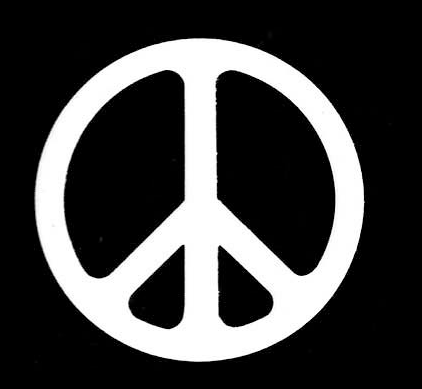
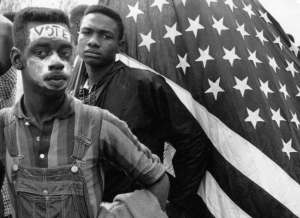

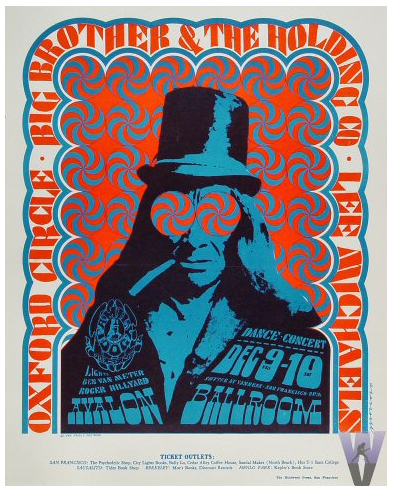
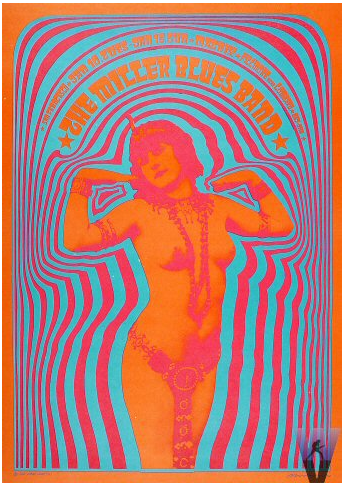
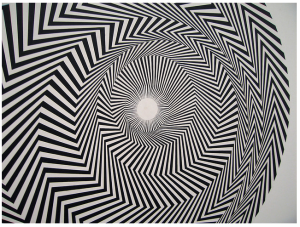
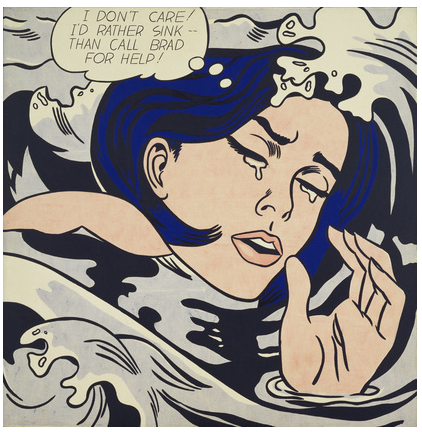
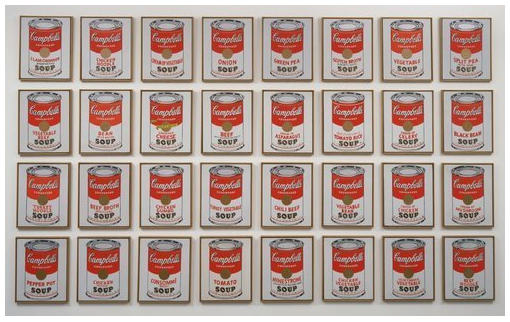
Pingback: Psychedelia and Punk: 1960 – 1980 – Marina's blog
Pingback: Psychedelic – The history of design movements
Pingback: Week 8 : Further research – Harry Lowe AUT Design Research
Pingback: Graphic Design History – Graphic Design Foundation
Pingback: Graphic Design History – Graphic Design Foundation
Pingback: The Wilderness of Middle Earth – Kiki Winslow
Pingback: Graphic Design History – IAART105 Graphic Design Process 01
Pingback: Graphic Design History – IAART105 Graphic Design Process 01
Pingback: World Graphic Design Day: The Top 25 Graphic Designs Ever | Designerly
Pingback: Graphic Design History – IAART105 Graphic Design Process 01
Pingback: My Favorite Eras of Design – IAART105 Graphic Design Process 01
Pingback: My Favorite Era of Design in History – IAART105 Graphic Design Process 01
Pingback: ▷ Día Mundial del Diseño Gráfico: 25 mejores diseñadores gráficos de la historia - Ideakreativa
Pingback: Research – 3 designers – Home
Pingback: Week 2 – the psychedelic & pop art movement – Mya L
Pingback: Investigation of Two Design History Periods – Zackarys Uni Blog
Pingback: POST 8: Psychedelia Movement – 2020 Graphic Design and Theory
Pingback: Design History – Madison Morgan
Pingback: The Wilderness of Middle Earth - Kiki DeVlieger
Pingback: GD History – IAART105 Graphic Design Process 02
Pingback: The History of Graphic Design – IAART105 Graphic Design Process 02
Pingback: Design History in the 20th Century – LUCY'S SPACE
Pingback: The 1960’s Psychedelic Influence on Art – Time after Time
Pingback: The Psychedlic Movement – Sophie Ingall
Pingback: Contextual Studies Research Paper | HNC Part Time Evening
Pingback: PSYCHEDELIC – 20th Century Design Movements
Pingback: Political graphics of the “long 1960s” | 1960s: Days of Rage
Pingback: PSYCHEDELIC ART – A brief history of the 60's
While this isn’t pschedelic art, if you find it relevant, please let me know if you would like to expand the topic: https://mobile.nytimes.com/1971/06/08/archives/a-campaign-to-unsell-the-war.html
Pingback: Underground tells the truth – AIM110
Hello:
I am researching a collection of anti-war posters and prints created by a then-student at Berkeley in the late 1960s which her estate is donating to the library of the University of Victoria. In particular, there is a print of the poster “Know Your Enemy” which is featured in your bog about the psychedelic sixties. It is unsigned and I am searching for any further information about it. I would also like to discuss a number of other images in this collection and look forward to opening communication with you.
Pingback: World Graphic Design Day: The Top 25 Graphic Designs Ever - Design Roast
Pingback: Creative Synesthesia – VISD-2006-001
Pingback: Genre: Psychedelic Design – rhiDesign
Pingback: The History of Psychedelic Art, From Woodstock to Coachella ~ Psy Minds
Pingback: Three artists/ designers from the movement and culture – My Hippie Culture Blog
Regards,
Thanks Bruce. I don’t know much about the surf art of the 60s, but it sounds like a fascinating topic to research.
You have created a great resource. Could you include a topic for surf art? Although it draws heavily from the psychedelic, I find that it is an expression of pure pleasure and holistic consciousness with a search for doing what is best for the environment and society. Rick Griffin was clearly its artistic innovator. Surf art and style seems to be unintentionally a trend setter for commerce to the masses. – Bruce
Hi Shelby, another reader mentioned the same error, but I don’t know why that might be happening. “Sometimes” you get the 400 error? Not everytime? If anyone has suggestions, I’d appreciate hearing advice – I haven’t changed any pages or addresses ?! – Renee
How’s things?, sometimes I get a 400 website error when I arrive at this website. Just a heads up, best wishes
Pingback: Psychedelia | Christopher Okorejior/ Art & Design
Pingback: Mandatory Assignment – – Atrum[s] – Illusions
Pingback: What is Psychedelic movement? – PSYCHEDELIC POP AND ROCK MUSIC
Your website is easy to read and I put it on my sources library already! lol, it is helpful for the basic research of design history.
Pingback: The History of Psychedelic Art, From Woodstock to Coachella - Psy Minds
Pingback: 1960’s The Op, Pop and Psychedelic movements – Harriet Fraser
Pingback: Research into Key Themes – Text, Sequence & Interaction
Terrific post however I was wanting to know if you could write a litte more
on this topic? I’d be very grateful if you could elaborate a little bit further.
Appreciate it!
Pingback: Psychedelic 60s movement – Toris Art Site
Pingback: Bibliography – Olivia Branum Graphic Design Blog
I think it was Wes Wilson in the 1960s who adapted the style which was first designed by Alfred Roller in the 1890s. Check out these articles:
about Wilson: http://www.letraset.com/shopcontent.asp?type=profilewilson
about Roller: http://secession.nyarc.org/omeka/items/show/7
You are absolutely right Leo! I remember how popular his commercial artwork was – I particularly remember his work appearing on packaging and television commercials. Thanks for pointing out my oversight.
Peter Max should be on the site! He was the most influential artist of the day because mope Peter
viewed his art!
Pingback: Design Studio: Typography (Project 4 – 20th century type) – Kassy
Pingback: We’re Baaack! Join us as the show returns on Sunday, August 21st! | Arbutus Record Show
Pingback: Mandatory Assignment 05 – Illustration/Photo – Week 19 – Design Journey
I’m trying to find who first made this style, not who drew that version for the beatles. The style of the bottom half being fatter was already being used all all over the western world at that time. I don’t know who first did it.
Ash, a quick search revealed that Charles Front designed the lettering on The Beatles Rubber Soul album:
http://rodmckie.blogspot.com/2010/08/things-you-didnt-know-you-didnt.html (thanks to Rod McKie’s blog).
For something similiar, check this out: http://www.k-type.com/fonts/victor-moscoso/
Hi Renée, looking to find an answer to something that’s been on my mind. Do you know who invented this psychedelic font? > https://upload.wikimedia.org/wikipedia/en/7/74/Rubber_Soul.jpg
Great read. Love the helpful amount of provided information!
Pingback: Design in the 60’s – 2016 Green and interior design
Pingback: Psychedelia – 2016 Green and interior design
Pingback: Unit 5: Contextual influences in Art and Design – unit5alano
Pingback: Pscychedelia – History of Art
Pingback: Psychadelia | Erika Townsley Journal
Love the post it is exactly what I was looking for!
Pingback: Mind, Face and LSD | iwan aziz
Pingback: PSYCHEDELIC ART MOVEMENT | Becky King/Fine Art
Pingback: Psychedelic Hero – Victor Moscoso | twentysixsprings
I got here by browsing for psychedelic pop concepts and aesthetics, and your post is really useful! Thx.
I am a child of the 60s. Iam also an artist greatly influenced from the time. The hippie culture still gives me hope that people can live in peace.
Pingback: Project 2 Research – Psychedelia | diana vroeginday
Pingback: Visual Language/Application of body & facial expressions | Illustration & Graphics
Very nice post. I certainly appreciate this website.
I actually got into this post. I located it to be fascinating and loaded with exclusive points of interest. I like to read material that makes me believe. Thank you for writing this fantastic content.
Hey! I could have sworn I’ve been to this site before but after
reading through some of the post I realized it’s new to me.
Anyhow, I’m definitely glad I found it and I’ll
be book-marking and checking back often!
Pingback: Weekend Links | Sagebrush Fine Art
Thanks for the link you your page on the 60’s – it’s excellent.
Pingback: RESEARCH: THE 60′s | Project: Metamorphosis
nice work
Excellent Blog!
Tim Hodgetts, you are right. The quest to awaken the mind and discover new realities were (and still are) the reasons for the use psychedelics. My definition was meant to describe “psychedelic” in terms of an artistic style – I neglected to explain the why behind the what. Thank you for your comment.
The word Psychedelic comes from the latin word “psyche”, meaning mind, and the greek word “delos”, which means to manifest, or awaken, so there you go, psychedelic means “to awaken your mind”. I’d have thought you clever so and so’s would have known that, but then what can you expect from todays dumbed down academics?
Hello PartyRadio. My sources of information are listed at the end of the blog – just above where the comments begin. I also double-check most info with the “bible” of graphic design history: “A History of Graphic Design” by Phillip B. Meggs
This post popped up a lot this week in my 1960’s class. Kudos to you – you’re getting a lot of great reviews on our discussion board. 🙂
This is the männer mit der hand melken
wide range of fun nevertheless and I invite all people to return take
it. Tone style and design needs to be fun really not a task.
This is a wonderful and informative article! Thanks for the great work!
Thank you for the link!
I’m not that much of a internet reader to be honest but your blogs really nice, keep it up! I’ll go ahead and bookmark your site to come back in the future. Cheers
I am not positive the place you are getting your information, however great topic. I must spend some time learning more or working out more. Thank you for excellent info I used to be on the lookout for this info for my mission.
Have you ever considered writing an e-book or guest authoring on other websites? I have a blog centered on the same information you discuss and would love to have you share some stories/information. I know my subscribers would appreciate your work. If you are even remotely interested, feel free to send me an e-mail.
Hi there! I just wish to give an enormous thumbs up for the nice information you’ve got here on this post. I shall be coming back to your weblog for extra soon.
Good day! I just want to give a huge thumbs up for the good information you could have here on this post. I might be coming back to your weblog for extra soon.
Great overview of such a great period in design! I found some great articles focusing on main contributors of this topic at http://www.historygraphicdesign.com/